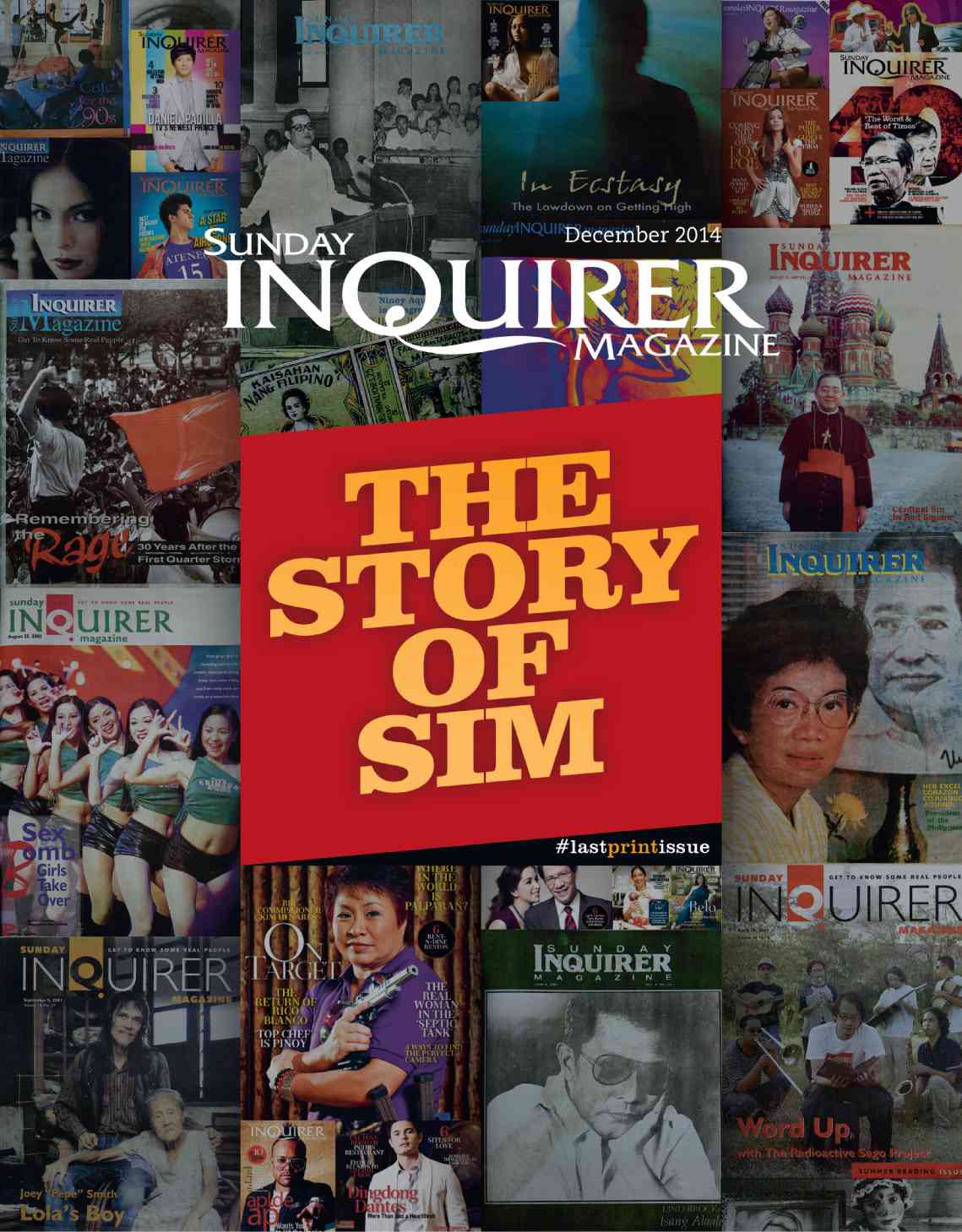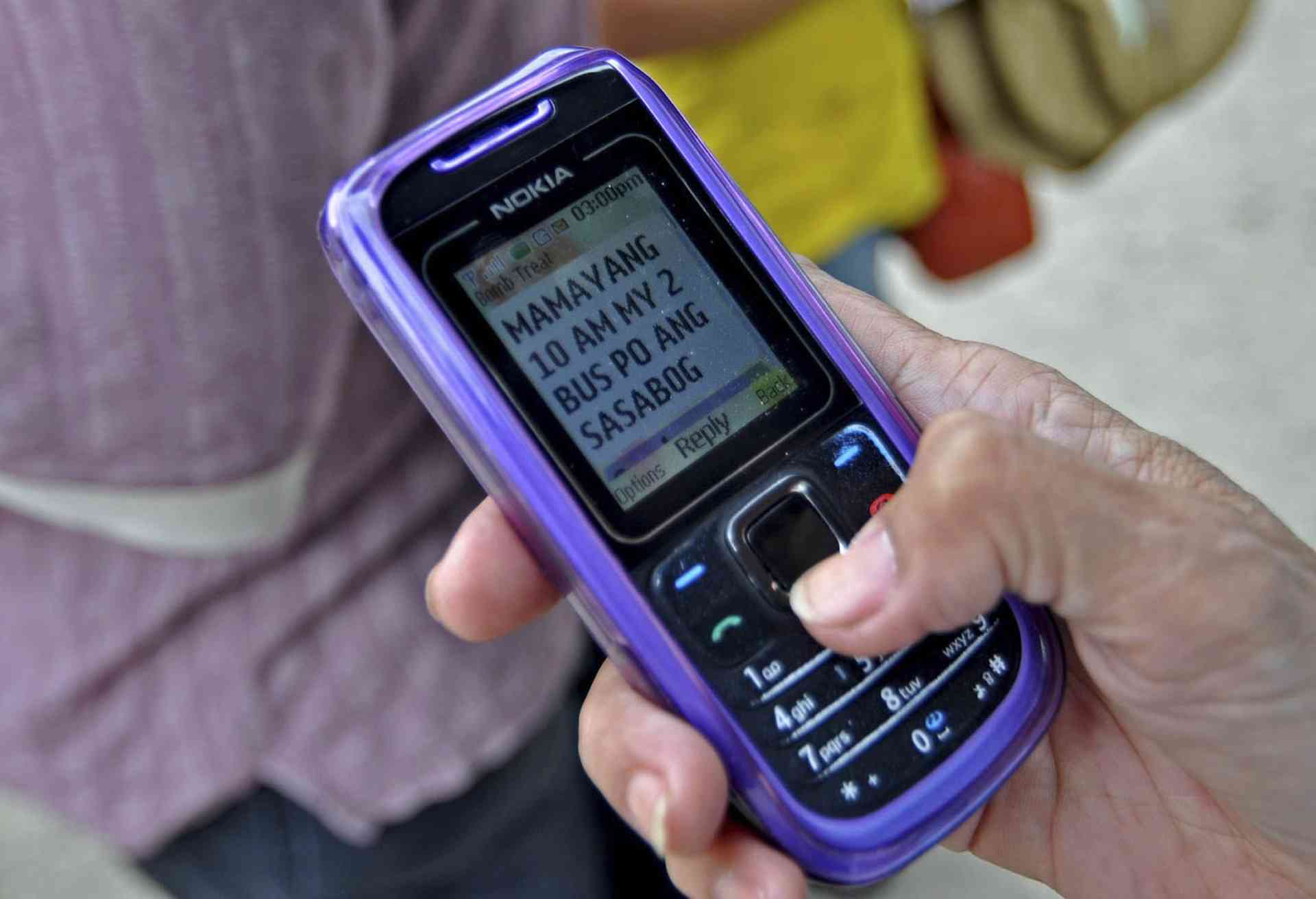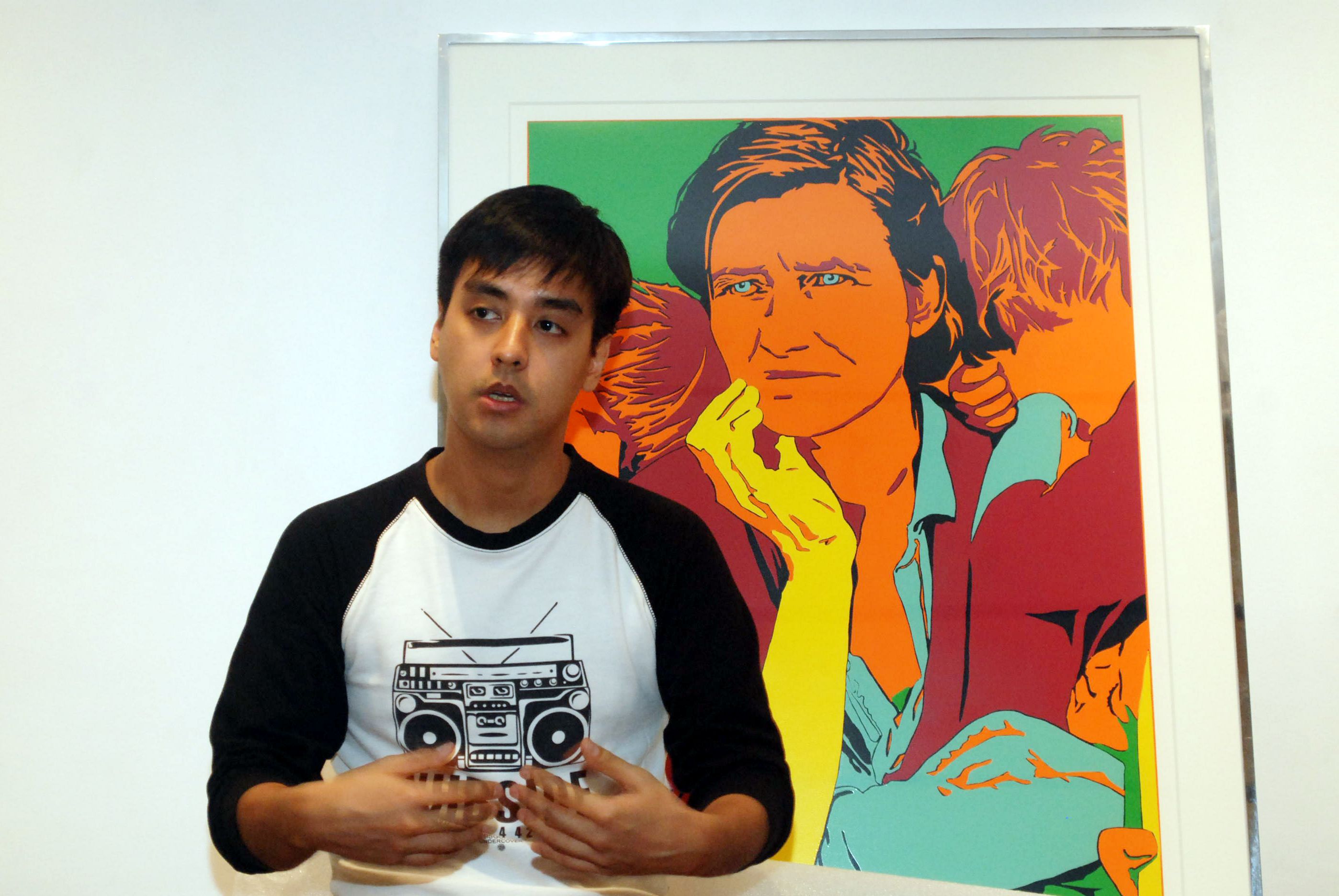Aba, Libé—Ang Bayan, Liberation, underground papers published by the CPP/NDF
ABB/sparrows—Alex Boncayao Brigade, urban guerrillas or partisans of the NPA
Amasona—female NPA
Armed struggle—refers to the belief among NPAs and the CPP that only armed revolution can change society
Bagong Lipunan, New Society—deodorant term used alternatively to describe ML by Marcos allies and law enforcers
Balimbing—turncoat
BCC/CNL—Basic Christian Communities, Christians for National Liberation, religious groups that allied themselves with the masses’ struggle
Buntot—tail, refers to military agents or spies on surveillance
Burgis/peti-burges—refers to the often frivolous ways of the unpoliticized middle and upper classes
Cadre—comrades, leaders of the CPP/ NPA
CPP—Communist Party of the Philippines
CHDF/Cafgu—Citizens’ Home Defense Force, paramilitary civilians who supplement the military force in the countryside
Clerico-fascists-refers to the priests, bishops and religious leaders who legitimized ML through their support of Marcos
Collective—refers to a group of activists or rebels who live together while doing political work for the Left
Critical collaboration—official church position on martial law as articulated by Cardinal Sin
CS—countryside
CSC—criticism self-criticism, the activists’ and NPA’s way of correcting themselves within a collective
DPA—deep penetration agents; ML spies embedded in activist groups or the NPA
FQS—First Quarter Storm, collective term for the series of anti-Marcos student rallies dispersed violently in January 1970
FT—full time, applied to activists who usually drop out of school to devote their time to the movement
G n D—grim and determined, refers to the often too-serious Leftist leaders
Hapon (Samal, Bataan origin)—code for soldiers or military forces on the prowl, usually in the countryside
ISAFP—Intelligence Service of the Armed Forces of the Philippines
JAJA—Justice for Aquino, Justice for All, a multi-sectoral group formed after the Ninoy assassination in August 1983
Kapihan/breakfast forum—often middle-class gatherings formed after the Ninoy slay, to discuss political issues and plan protest rallies
Ka Roger—Gregorio Rosal (died of heart attack in 2011), for the longest time, the commander of the NPA in Southern Luzon and National Democratic Front spokesman
Kasama—sympathizer of armed groups, usually the NPA, often appended to one’s name as Ka, a term of respect
KBL—Kilusang Bagong Lipunan, Marcos’ political party
KB—Kabatang Barangay, the youth equivalent of the KBL
Kilusan—ML version of katipunan or group working for radical change in society;
KM/SDK—Kabataang Makabayan, a radical student group as contrasted to the more moderate Samahang Demokratiko ng Kabataan
Kule—refers to the UP’s official student organ, the Philippine Collegian
Kumander Dante—Bernabe Buscayno, iconic NPA commander in Central Luzon
Lakas ng Bayan—Laban, the party of anti-ML politicians who banded together to fight Marcos and his candidates in the 1978 elections
Lavaites/PKP—followers of the old Partido Komunista ng Pilipinas, remnants of the Huks or Hukbong Bayan Laban sa Hapon; partisans from WWII led by Jesus Lava
Lightning rallies—ML equivalent of the flash mob, except they waved placards or streamers before dispersing quickly
Little red book—Mao Tse Tung’s collection of maxims culled from China’s experience with its revolution, which leaders of the CPP uphold as their bible
Martial Law Babies—people who were born and grew up during the martial law years and who knew no other president but Marcos
“maximum tolerable” haircut/ white sidewall-the only acceptable haircut during ML
MHDT—Marcos Hitler Diktador Tuta, rallying cry and favorite slogan of ML activists
Middle forces—refers to professionals, business leaders and other allies and sympathizers to the Leftist cause, who are often from the middle class
Moderates/reformists—anti-ML allies, sympathizers or activists who believe in reforms and abhor armed struggle as a way to change society
Mosquito press—also called alternative media. Small-circulation newspapers or tabloids critical of the Marcos administration, among them Veritas, We Forum, Malaya, and later, PDI, so-called because as one columnist sneered, the papers were as annoying as buzzing mosquitoes and as innocuous. They were so small you could swat them away, he added. But the papers proved instrumental in informing a largely indifferent public about the abuses of ML that the mainstream papers chose to ignore.
NatDem—short for National Democrats, considered the legal front of the CPP, which sought to change Philippine society thru revolution or armed struggle
Neps/NPA—sometimes described as Nice People Around, the armed group of the Communist Party of the Philippines
Party line—the official political stand or position of the CPP
PO—political officer
PSI—preliminary social investigation- a thorough investigation on one’s social origins, politics and status to ascertain weaknesses and loyalties prior to being accepted in a Leftist group
PSR—“Philippine Society and Revolution,” written by Joma Sison (using the nom de guerre Armando Liwanag) that explains the feudal and imperialistic nature of Philippine society and why revolution is the only way out
PC/Metrocom—Philippine Constabulary or Metropolitan Command, the dreaded Marcos police force
Prente—front, excuse or legal cover-up for clandestine groups or activities
Radicals—activists who believe that a revolution and armed struggle are the only ways to change society
Rebel Priest—Conrado Balweg, Tingguian priest turned NPA rebel, in Abra
Safehouse—the UG house where the Left usually gather to meet, publish UG papers, etc.
Salvage—summary execution
SocDem—short for social democrats, an activist movement opposed to communism but which also advocate radical social change. Mostly Ateneans, SocDems consider themselves radicals but seek to overhaul Philippine society based on “Christian” and “humanist” principles
Spotters/ahente—spies, military agents
Tama na, sobra na, palitan na—the rallying cry by the Middle Forces after the Ninoy Aquino assassination in August 21, 1983
Tibak—activist
Torture: San Juanico Bridge—(being made to hang on air while one’s head and feet are propped up on two separate chairs, and then enduring blows on one’s stomach), telepono (being violently clapped on both ears), water torture (being covered with a wet towel on one’s nose and mouth to simulate drowning)
Truth serum—sodium pentothal-injected to political prisoners under interrogation to get them to implicate their comrades
UG—underground, to hide from the law, often to go up the hills and join the rebel movement
United front—refers to the broad coalition of Leftist sympathizers
Welgang bayan—general strike, one of the favorite mobilization strategies by the labor groups during ML
Xerox journalism—refers to the use of copying machines to propagate news not carried by mainstream and Marcos-controlled media. PAC









































